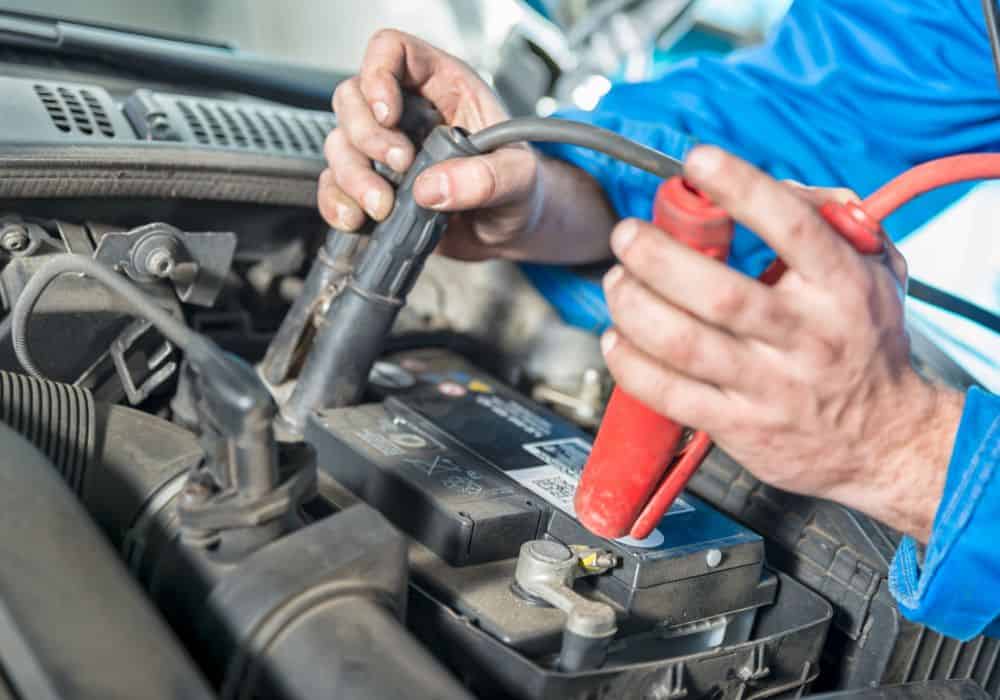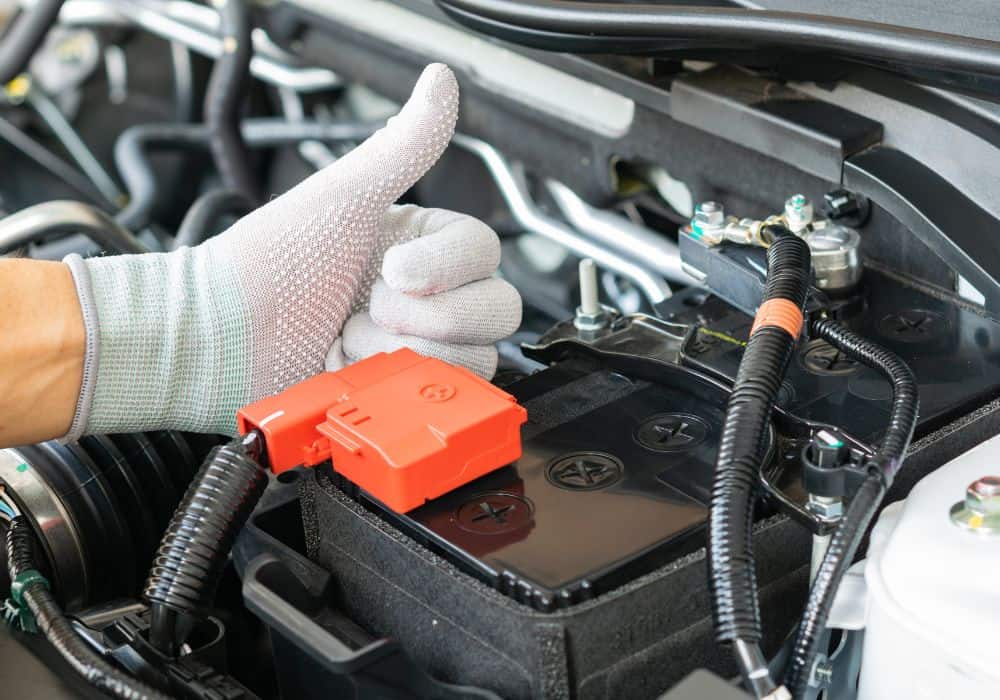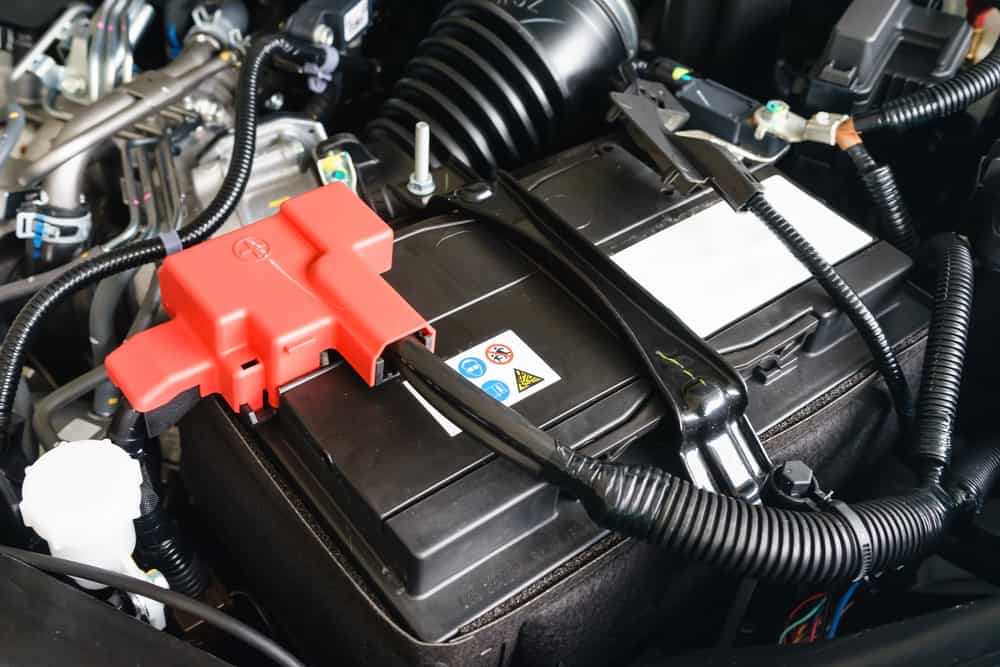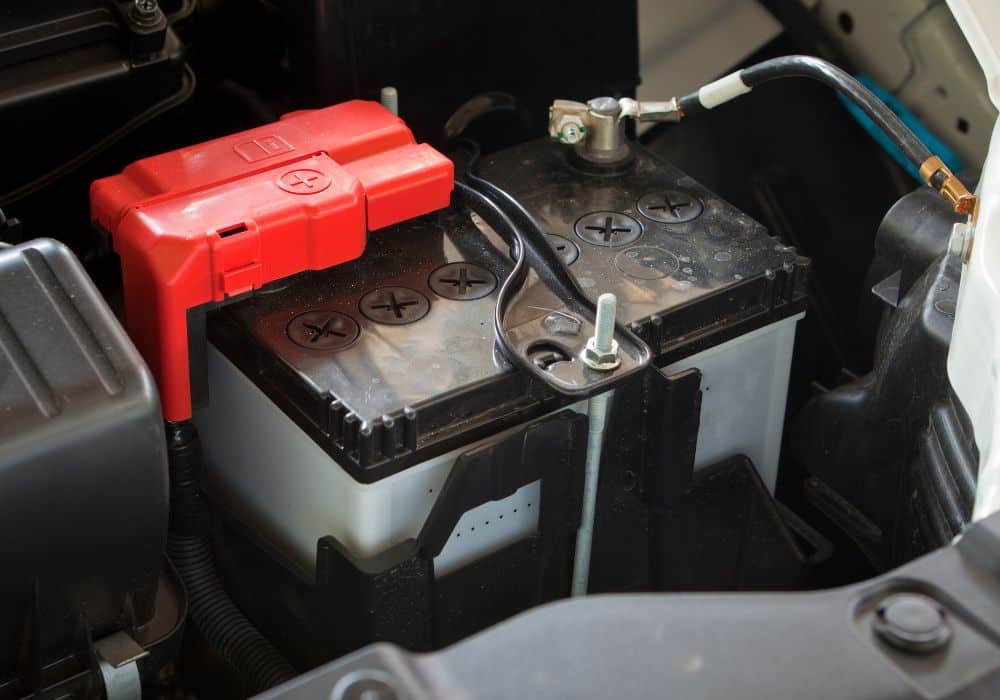In the world of automotive batteries, there’s a common question asked by both car owners and professionals alike: “Should you connect the positive or negative first when connecting a battery?”
As far as car battery connections go, this one only takes a second or two to complete—but if you do it wrong, it could result in an instant meltdown.
No worries, we’re here to help you answer that question. Let’s get right down to it and get your gloves and goggles ready!
Table of Contents
Positive and Negative Terminal Of Car Battery
When removing your old car battery and installing a new one, it’s important to know which way is positive and which is negative.
This matters because putting the battery in backward could short out and damage your car. You might even risk getting shocked by the current that runs through the car when you plug in the wrong terminal.
So how do you know which end of your battery is positive and which is negative? The easiest way is to look at the battery’s label and the cable’s color.
The Positive (+) terminal is the cable that has a red color on it. The Negative (-) terminal has a gray or black color.
These terminals connect your car battery to other electrical components in your vehicle. You should always connect the red to the positive clamp and the black cap to the negative clamp so that no electrical damage can occur.
Make sure you get these connections right—if you hook up the positive and negative wires backward, you could damage your car’s electrical system.

Positive Or Negative First When Disconnecting Battery?
In disconnecting the battery, we’ll tell you something that may sound counterintuitive—a negative connector first.
That’s correct! When removing your old battery, always disconnect the negative terminal first and then the positive terminal from the bolt. This is because when you disconnect the positive terminal, it could spark if there’s a short or resistance to your car’s electrical system.
This can cause damage to the battery and vehicle components. By disconnecting the negative battery terminal first, you’ll prevent a big spark from occurring and keep your car safe.
A simple spark won’t harm you if you touch it. Still, it can act as an ignition source around flammable gases — such as those that may be produced by a charging or damaged battery — so it’s generally better to connect the negative cable first.
Keep in mind: You must disconnect all wires before attempting to remove any terminals on either side of the battery. You should also ensure that all tools are in good condition—you don’t want stray sparks causing any problems!
Once you’ve disconnected all wires, it’s time to pull off your old battery! Now, remember the negative first when disconnecting a battery.
Positive Or Negative First When Connecting A Battery?
Positive First!
When connecting a battery to a car, it is important to connect the positive terminal first (the one with the plus sign). If you do not connect the positive connector first, your car may not start.
When installing a new battery or simply connecting it to your car, it’s important to remember the positive first rule. This rule states that when connecting a battery, you should connect the positive lead first and then the negative lead second. This ensures the circuit is completed correctly and allows electricity to flow through the circuit safely.
Why do you connect the positive first?
This is because when you connect the positive cable clamps first, it will recharge the battery. If you reverse this process, connect the negative terminal first instead, then it will discharge your battery as soon as you turn on your car, and you could end up electrocuted—or worse, cause a fire if the wrench or spanner touches the frame. This is common for lead-acid batteries, so be careful.
Check this short Youtube video to see how to safely connect and disconnect your battery!

Taking Care of Your Car Batteries
It’s no secret that car batteries are expensive. And while they’re not exactly fun to buy, they’re even less fun to replace.
In fact, replacing a battery is one of the most common car maintenance issues—and it’s also one of the easiest to avoid. If you take care of your battery, it’ll take care of you by lasting longer and keeping your car running smoothly.
You never want to be stranded on the side of the road with a dead battery. That means if your battery dies while driving, so does everything else!
So what can you do to make sure that never happens? Here are 4 tips for your car battery:
- Keep an eye on your battery’s fluid level. If it’s low or empty, fill it up! If you’re unsure how much fluid should be in there, check with a mechanic to find out what’s suitable for your specific battery.
- Keep an eye on how hot or cold it gets outside. If it gets too hot or too cold, this could affect the performance of your battery and prevent it from performing as well as it should.
- Check for corrosion on any connections between wires or cables (this includes cables from the battery itself). Corrosion can cause short circuits leading to an explosion or fire—so make sure everything looks clean and shiny before connecting anything back up again!
- Check for leaks regularly. Leaks around a battery tray can cause major damage over time due to corrosive chemicals leaking onto sensitive components inside the casing. It’s also important to check whether there are cracks in any part of the casing or cells themselves—if so, a replacement battery is a must!
Summary
The positive and negative jumper cables are the color-coded two ends of a battery. The negative terminal is usually marked with a minus sign. The positive terminal is usually marked with a plus sign.
Remember the simple rule that connecting and disconnecting a battery is in reverse order. Positive first when connecting a battery, negative first when disconnecting a battery cable. That way, you won’t damage your battery or get shocked.
Why? Because the amount of current flow will be greater when connecting and less when disconnecting. That’s why you want to be sure that your connections are as secure as possible!

